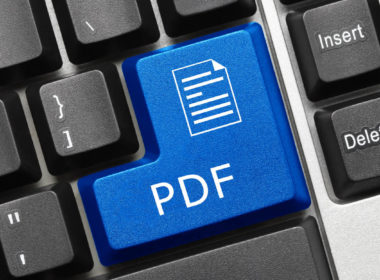Snapshot
- Electronically stored information is a legal term in the law of discovery and a counterpoint to the legal term ‘document’.
- Electronically stored information is valuable documentary evidence because of its content, but it is marshalled in a variety of formats, some better than others.
- Subpoenas may be drafted to compel production of electronically stored information in a format that you prefer, optimised for litigation dealing with fewer than 10,000 documents.
From 4 April 2023, the new practice in the Supreme Court of New South Wales’s Commercial List is that annexures and exhibits to affidavits are now prohibited. Every document referred to in every affidavit from every party must be in a single bundle arranged in chronological order, and those documents must appear at trial inside a court book that is wholly electronic. Not to be thrown in shade, in May 2023, the Personal Injury Commission of New South Wales settled upon a plan ‘to create a seamless digital journey for injured people and tribunal users through a single digital platform, engaging all users in the digital transformation journey and never compromising operational excellence’. The Commission uses the digital case management portal, Pathway, for the wholly electronic delivery of modern dispute resolution services to the people of New South Wales.
Sacré bleu, you might blurt before apoplexy, unless you read the first two articles in this paperless litigation series, telling you everything you need to know about drawing paperless affidavits without annexures or exhibits (Phillipe Doyle Gray, ‘New legislation is super-charging paperless litigation’ 86 Law Society Journal; Phillipe Doyle Gray, ‘Less-paper practice: Paperless affidavits and expert reports’ 91 Law Society Journal).
Before drawing paperless affidavits sans documents, you must ‘marshal’ documentary evidence. Traditionally, this has been done by gathering up forests of paper under subpoena or scanning paper into Portable Document Format (‘PDF’). More recently, those forests no longer exist, as people are migrating to a wholly digital and paperless workflow. This third instalment in the paperless litigation series picks up where I left off, introducing the methods I have used successfully for almost 15 years.




